Red Fort Delhi: Lal Qila
The Mughal Emperors’ primary palace, known as the Red Fort or Lal Qila (Hindustani: [lalqila]), is a historic fort in Old Delhi, Delhi, India. When Shah Jahan chose to move his capital from Agra to Delhi on May 12, 1638, he ordered the Red Fort’s construction. Its original colours were red and white, and architect Ustad Ahmad Lahori, who also built the Taj Mahal, is credited with creating it. The fort, which combines Persianate palace design with Indian traditions, is a prime example of Shah Jahan’s Mughal architecture.

About Red Fort Delhi
- During Nader Shah’s invasion of the Mughal Empire in 1739, the fort’s artwork and valuables were stolen.
- After the Indian Rebellion of 1857, the British destroyed the majority of the fort’s marble buildings.
- The defensive walls of the Red fort were substantially unharmed, and it was afterwards used as a garrison.
- Jawaharlal Nehru, India’s first prime minister, raised the national flag over the Lahori Gate on August 15, 1947.
- The prime minister raises the Indian tricolour flag at the fort’s main entrance and delivers a speech from its ramparts that is broadcast nationally on August 15, which marks India’s Independence Day.
- Part of the Red Fort Complex, the Red Fort was named a UNESCO World Heritage Site in 2007.
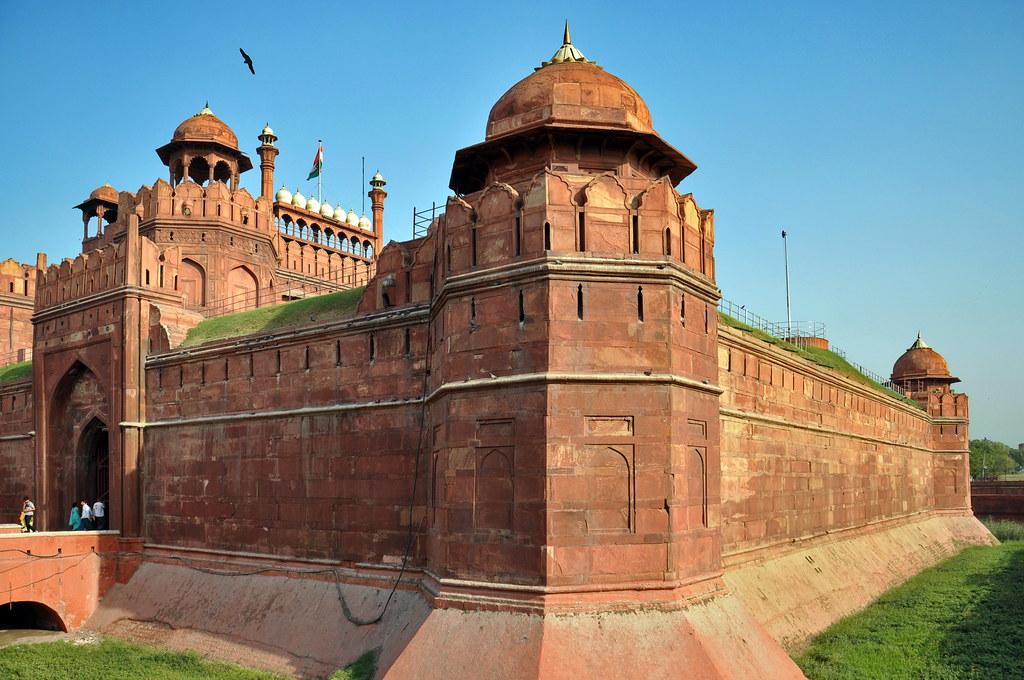
Who built the Red Fort Delhi?
- When Shah Jahan chose to move his capital from Agra to Delhi on May 12, 1638, he ordered the Red Fort’s construction.
- Its original colour scheme of red and white, Shah Jahan’s favourite colours, is credited to Taj Mahal architect Ustad Ahmad Lahori.
- The Yamuna River, which supplies water to the moats encircling much of the walls, flows alongside the fort.
- On May 13, 1638, the beginning of the holy Islamic month of Muharram, construction started.
- The Red Fort was finished under Shah Jahan’s supervision on 6 April 1648.
- The Red Fort’s perimeter walls are asymmetrical, unlike those of other Mughal forts, in order to contain the older Salimgarh Fort.
The fortress-palace served as the hub of Shahjahanabad, or what is now Old Delhi. The Moti Masjid (Pearl Mosque) was erected to the emperor’s private quarters by Shah Jahan’s successor, Aurangzeb, who also built barbicans in front of the palace’s two major entrances to make it more difficult to enter.
Mughal Empire in India- History, Emperors, Period and Map
Red Fort Agra: Agra Fort
The Red Fort or Agra Fort is a mediaeval fort in the Indian city of Agra. Up until 1638, when the capital was moved from Agra to Delhi, it was the primary home of the Mughal emperor Akbar, who began it in 1565 and completed it in 1573. The “Lal-Qila,” “Fort Rouge,” or “Qila-i-Akbari” were further names for it. The Marathas were the last Indian kings to rule it before being taken by the British. The Agra fort was officially listed as a UNESCO World Heritage Site in 1983. It is located around 2.5 kilometres northwest of the Taj Mahal, its more well-known sibling structure. A walled city would be a better way to define the fort.
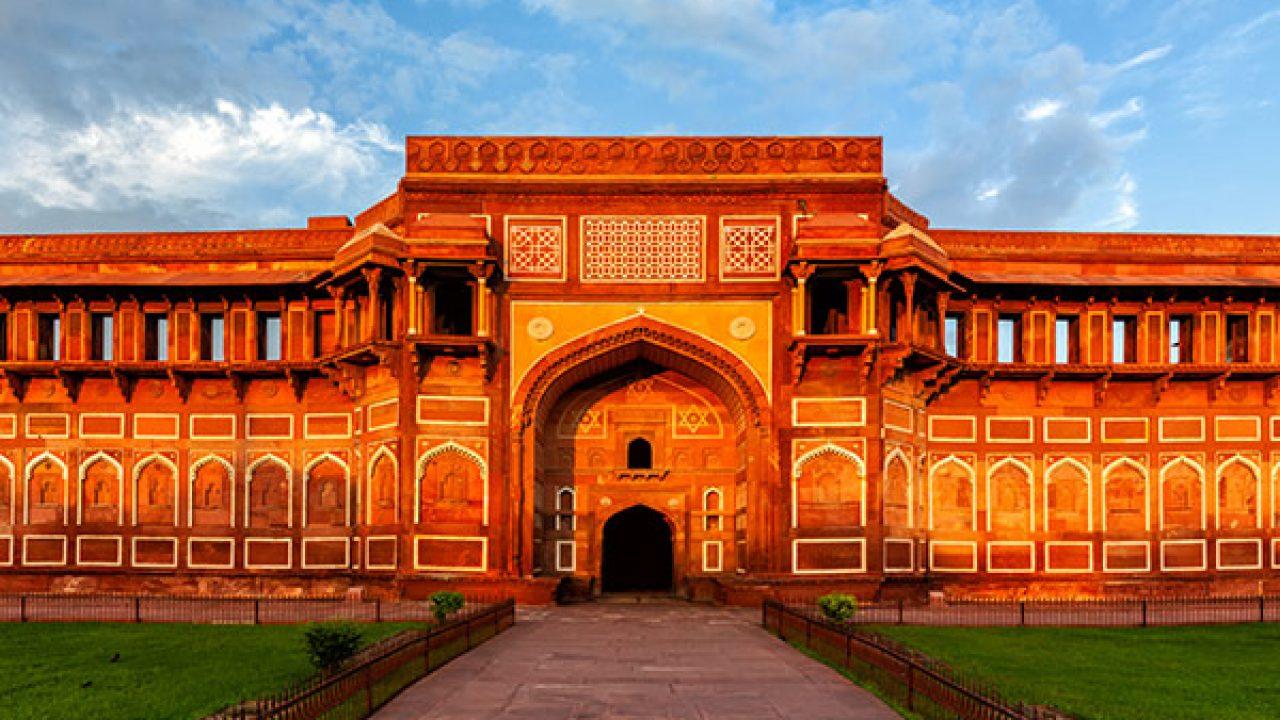
Red Fort Agra: About Agra Fort
The past of Agra Fort before Mahmud Ghaznavi’s assault is unknown, just like the rest of Agra. However, the Chauhan Rajputs took control of it in the 15th century. Sikandar Lodi (A.D. 1487–1517), who relocated his capital from Delhi to Agra and added a few structures to the fort there already, gave that city its position as the nation’s capital not long after. Mughals seized control of the fort and ruled from it after the First Battle of Panipat (1526 A.D.). Humayun was crowned there in A.D. 1530. Akbar’s reign is when the fort received its current look (A.D. 1556–1605). Afterwards, the Jats of Bharatpur ruled over this fort for 13 years.
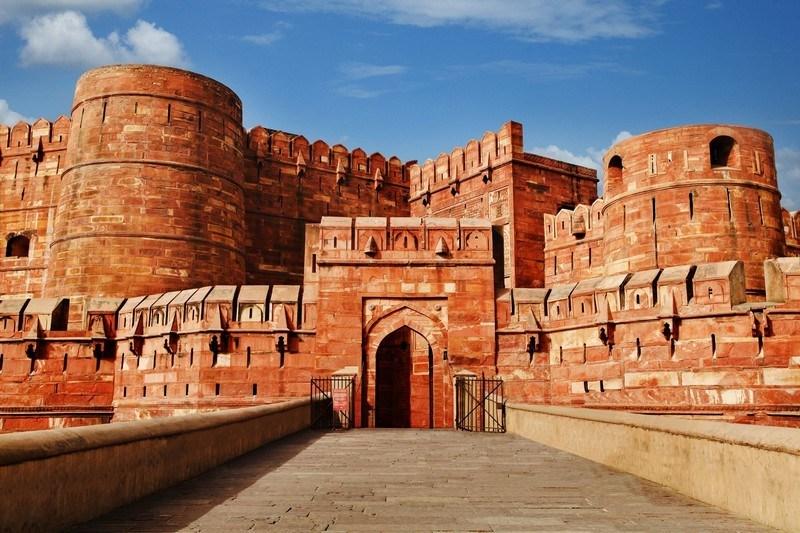
Who built the Red Fort Agra?
- Babur resided in the fort, in Ibrahim Lodi’s palace, following the First Battle of Panipat in 1526.
- Later, he turned it into a baoli (step well). In 1530, the fort hosted the coronation of his successor, Humayun. Sher Shah Suri beat him at Bilgram in 1540.
- The Suris held the fort until 1555, when Humayun retook control of it.
- Hemu, a general of Adil Shah Suri, conquered Agra in 1556 and followed the city’s emancipated ruler to Delhi, where they clashed with the Mughals in the Battle of Tughlaqabad.
- Akbar established Agra as his capital in 1558 after realising the value of its strategic location.
- This brick fort was called “Badalgarh,” according to his historian Abul Fazl.
- It was in ruins, therefore Akbar ordered that it be reconstructed using red sandstone from the Rajasthani district of Dhaulpur in the Barauli area.
- The structure’s foundation was set by architects, and it was made with bricks for the interior core and sandstone for the exterior surfaces.
- Red Fort Agra or Agra Fort was finished in 1573 after eight years and 4,000 builders a day.
The site did not take on its present form until Shah Jahan, the reign of Akbar’s grandson. In honour of his late wife, Mumtaz Mahal, Shah Jahan constructed the stunning Taj Mahal. Shah Jahan, unlike his grandfather, favoured having white marble used in construction.

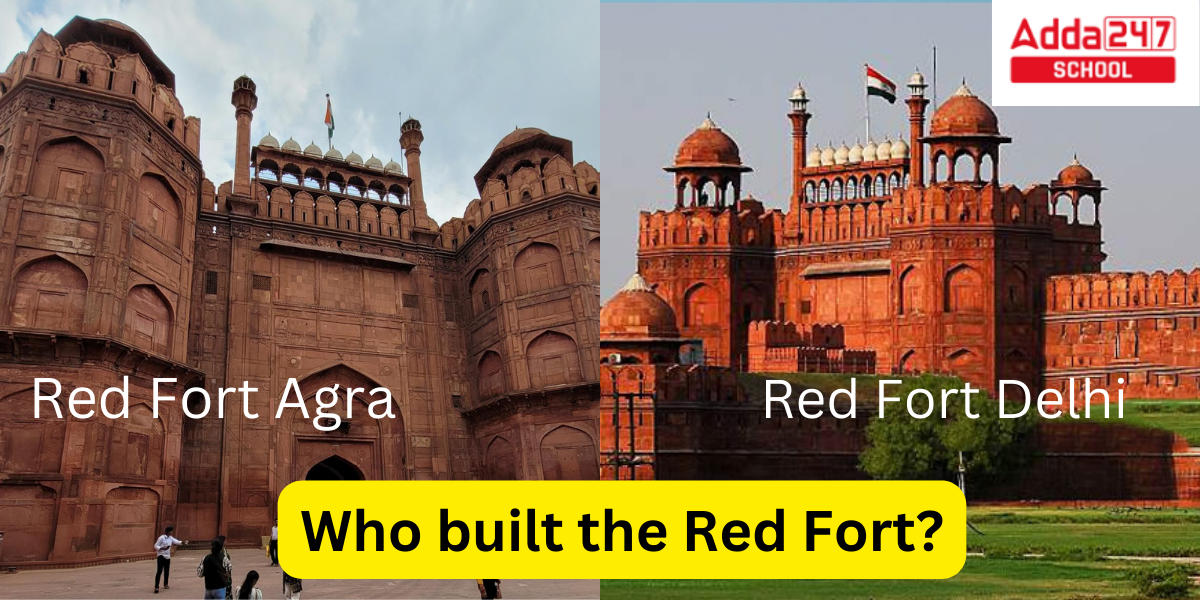







 DTE Maharashtra Polytechnic Merit List 2...
DTE Maharashtra Polytechnic Merit List 2...
 JEECUP Round 2 Seat Allotment Result 202...
JEECUP Round 2 Seat Allotment Result 202...
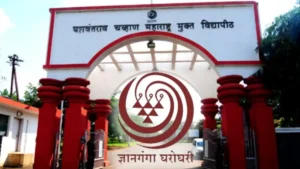 YCMOU Result 2025 Out @ycmou.digitaluniv...
YCMOU Result 2025 Out @ycmou.digitaluniv...









